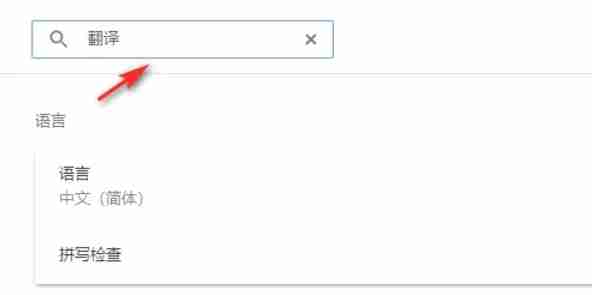Unlocking the Power of Google Chrome's Translation Features: A Step-by-Step Guide
This guide provides a comprehensive walkthrough of Google Chrome's translation capabilities, enabling you to seamlessly navigate multilingual websites. We'll cover translating entire web pages, selected text, and customizing your translation preferences.
Step 1: Accessing the Settings Menu
Locate and click the Chrome menu icon (usually three vertical dots or three horizontal lines) in the upper right-hand corner of your browser window.

Step 2: Navigating to Settings
In the dropdown menu, select "Settings." This will open your browser's settings page.

Step 3: Locating Translation Settings
At the top of the settings page, you'll find a search bar. Enter "Translate" or "Languages" to quickly find the relevant settings.

Step 4: Accessing Language Settings
Once the search results appear, locate and click the "Languages" or "Translation" option.
Step 5: Managing Languages
In the language settings, you'll see a list of supported languages. Use the dropdown menu to add or manage languages.

Step 6: Enabling Automatic Translation
Crucially, ensure the option to "Offer to translate pages that aren't in a language you read" is enabled. This will prompt Chrome to automatically offer translations for non-default language pages. This feature significantly streamlines the process of browsing international websites.
By following these steps, you'll master Google Chrome's translation tools and enjoy a more efficient and inclusive online experience.































